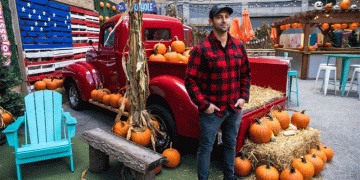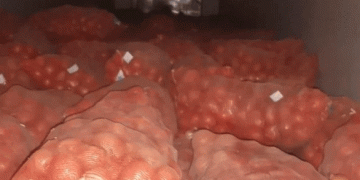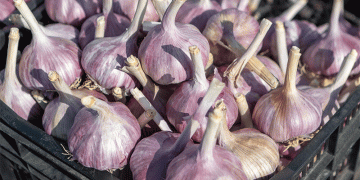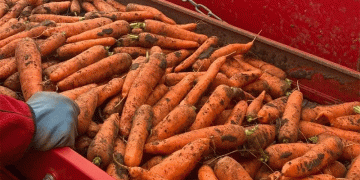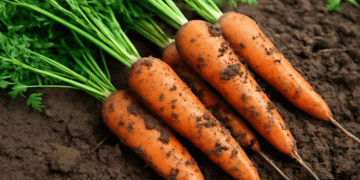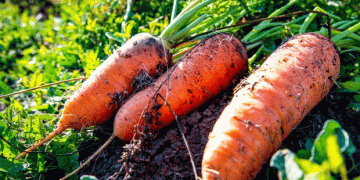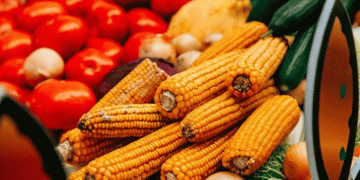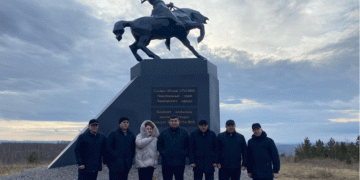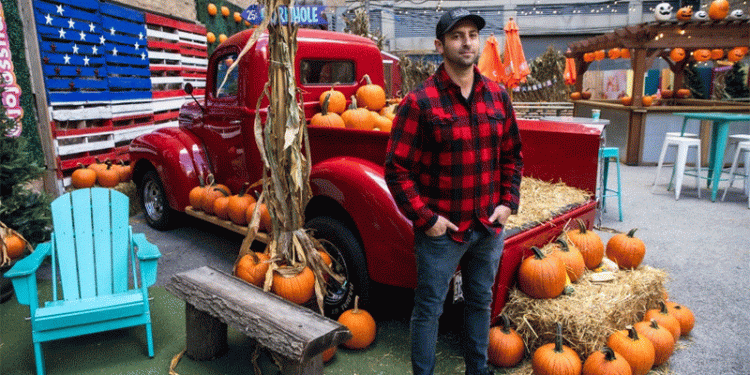Blake Lanphier, manager of Historic Wagner Farm, recently oversaw the arrival of 112,000 pounds of pumpkins, a logistical necessity to meet soaring customer demand. His experience is a microcosm of a major shift in agriculture. “We have seen an increase in visitation over the last five years,” Lanphier said, noting a jump from 100,000 annual visitors in 2019 to between 135,000 and 140,000 today. This isn’t just about pumpkin sales; it’s about providing an “experience,” a commodity that is proving to be increasingly lucrative and vital for the economic resilience of farms.
This trend is not isolated to Glenview. Fueled in part by a post-pandemic desire for open-air, carefree activities and turbocharged by the power of social media, consumers are actively seeking connections to agricultural spaces. For scientists and farm owners, this represents a significant diversification opportunity. The traditional metrics of yield-per-acre are being joined by a new key performance indicator: visitors-per-season.
The Data Behind the Demand
The numbers confirm this is a strategic pivot, not just a passing fad. According to a 2023 report from the National Agricultural Statistics Service (NASS), the agritourism industry in the United States generated a staggering $1.37 billion in revenue in 2022. Furthermore, a study from Purdue University’s Center for Food and Agricultural Business highlights that consumers are increasingly valuing the “story” behind their food and are willing to pay a premium for authentic, local experiences.
This aligns perfectly with the strategy employed by businesses like JoJo’s Shake Bar, which has built a powerful brand by creating “Instagrammable” pop-up experiences like its Pumpkin Patch. With 127,000 Instagram followers, the company understands that modern consumers crave shareable moments. As co-owner Robbie Schloss notes, “You have to continue to remain important and creative and new.” Each of their locations uses over 1,400 pumpkins not just as decor, but as central props in a ticketed, high-margin experience that includes pumpkin painting and themed food items.
Strategic Adaptation for the Working Farm
For traditional farms, competing with such high-production pop-ups is not the only path. Historic Wagner Farm has found its competitive edge by leaning into its authenticity and educational mission. “We stress here is just being genuine in what we do — historic and produced here, or produced locally,” Lanphier states. Their strategy focuses on lower-intensity, family-friendly activities like wagon rides and milking demonstrations, which align with their brand as an agricultural education center.
However, they are not immune to market pressures. Recognizing the need to stay relevant, the farm has hired staff dedicated to social media and launched new, revenue-generating events like “Autumn Roasts & Rides.” This demonstrates a crucial understanding for agricultural engineers and farm owners: infrastructure investment is no longer just for irrigation or harvest equipment. It now also encompasses the digital tools and creative capital required to market the farm itself.
The landscape of agriculture is expanding. The success stories of Historic Wagner Farm and the data from national reports send a clear message: integrating agritourism and experience-based offerings is a powerful strategy for risk mitigation and revenue diversification. For the modern agricultural professional—from the agronomist considering crop varieties for a “U-pick” field to the farm owner planning capital investments—the future lies in a dual focus. It requires optimizing both the biological productivity of the land and the curated experience of the visitor. In an era where consumers seek authenticity and connection, the farm that can successfully harvest both crops and memories is positioned for sustainable growth.
